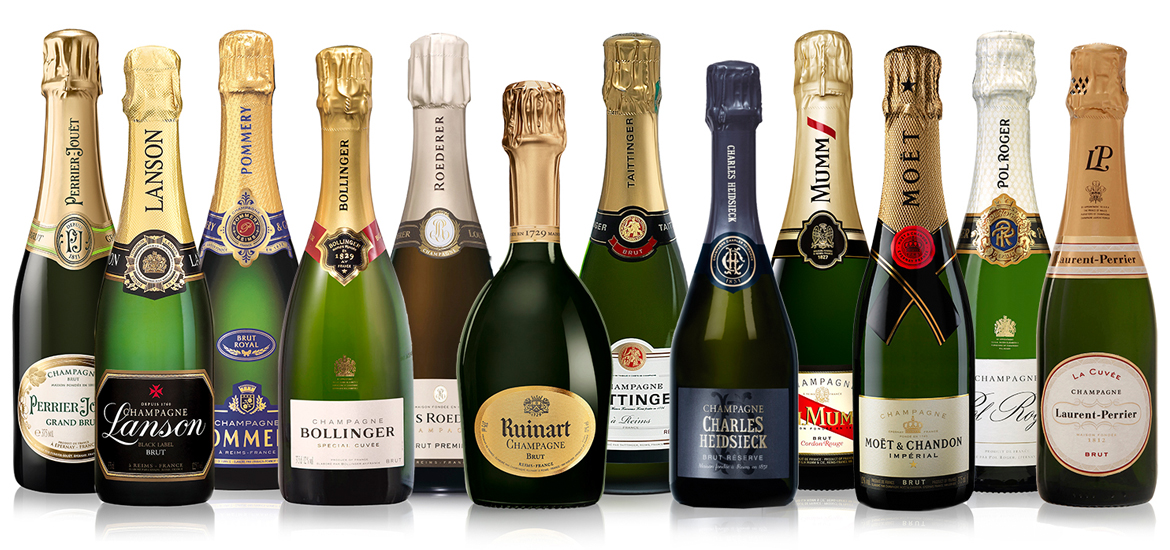
Champagne, the sparkling wine synonymous with celebration and luxury, is not only known for its lively effervescence and refined flavors but also for the variety of bottle sizes in which it is presented. From the familiar 750ml bottle to the colossal Nebuchadnezzar, each size carries its own history, practical purpose, and sense of grandeur. Understanding champagne bottle sizes reveals much about tradition, science, and the spirit of celebration itself.
Standard Bottle and the Magnum: The Foundation
The most common champagne bottle is the standard 750ml size, ideal for most occasions and often serving approximately six glasses of champagne. However, serious connoisseurs and party hosts frequently opt for the Magnum, a 1.5-liter bottle equivalent to two standard bottles. Beyond its larger, celebratory appearance, the Magnum is often praised for enhancing the aging process of champagne. Thanks to the better ratio between air and wine inside the bottle, Magnums allow the wine to develop more slowly and gracefully, preserving freshness and complexity over time.
Going Big: Jeroboam to Nebuchadnezzar
The progression from Magnum upwards introduces a series of biblically named bottle sizes, each exponentially larger than the last.
Jeroboam (3 liters) holds four standard bottles and is named after the first king of the northern kingdom of Israel.
Rehoboam (4.5 liters) contains six bottles and is a nod to Rehoboam, Solomon’s son.
Methuselah (6 liters) equals eight bottles and is named after the oldest person mentioned in the Bible.
Salmanazar (9 liters) fits twelve bottles, and the name references an Assyrian king.
Balthazar (12 liters) holds sixteen bottles, named for one of the three wise men.
Nebuchadnezzar (15 liters) contains twenty bottles, named after the great Babylonian king.
Each size increase magnifies the sense of festivity and visual impact. These larger formats are often reserved for grand celebrations such as weddings, milestone anniversaries, or major public events.
Rarity and Specialty Sizes
Beyond the Nebuchadnezzar, some champagne houses have even larger formats, though they are extremely rare and mostly custom-made. These include the Melchior (18 liters), Solomon (20 liters), and even more mythical sizes like the Sovereign (26.25 liters) or the Primat (27 liters). Bottles of these sizes require special handling and are typically used for extraordinary marketing events or significant corporate anniversaries.
Smaller bottles also exist: the Demi (375ml), often called a "half bottle," and the Piccolo (187.5ml), ideal for a single serving. These convenient formats are popular for travel, gift-giving, and individual enjoyment.
Practical and Cultural Significance
The large bottles are not just about optics; they influence the wine's aging process. Like the Magnum, larger bottles slow the interaction between wine and oxygen, which can lead to more elegant and nuanced champagnes after several years of cellaring. This slow maturation often means that a Methuselah-aged champagne will taste fresher and more balanced than the same vintage aged in a standard bottle.
Culturally, oversized bottles symbolize abundance and celebration. The dramatic uncorking of a Salmanazar or Nebuchadnezzar commands attention and signifies a major moment worth remembering. Champagne houses have embraced this symbolism, producing these bottles for special releases, limited editions, and grand ceremonial occasions.
Champagne bottle sizes offer far more than practical volume differences—they tell a story of tradition, technical sophistication, and human celebration. From the modest Piccolo to the commanding Nebuchadnezzar, each size provides a unique way to experience one of the world's most celebrated beverages. Whether you're raising a glass at an intimate dinner or pouring for hundreds at a gala, the choice of bottle size adds a thoughtful, often awe-inspiring dimension to the toast.


